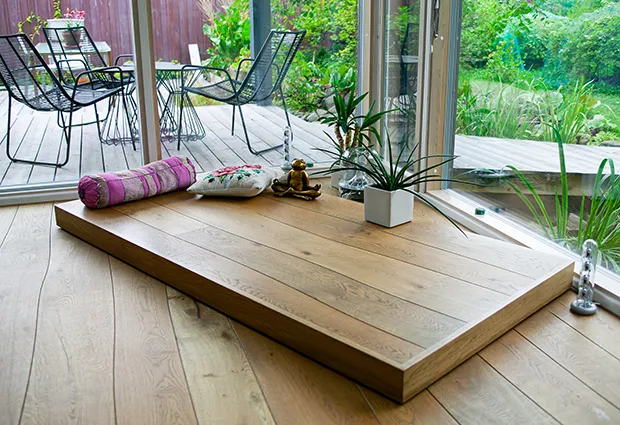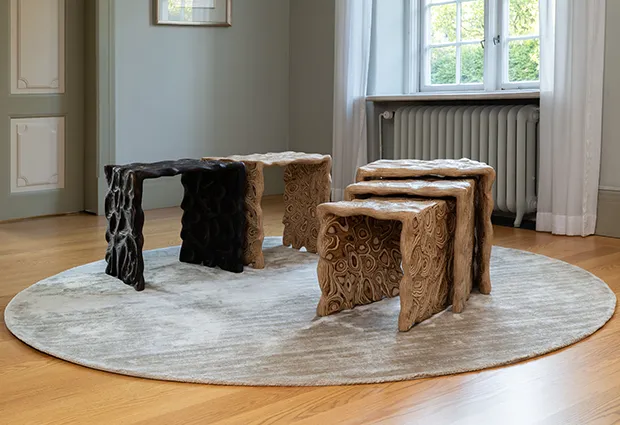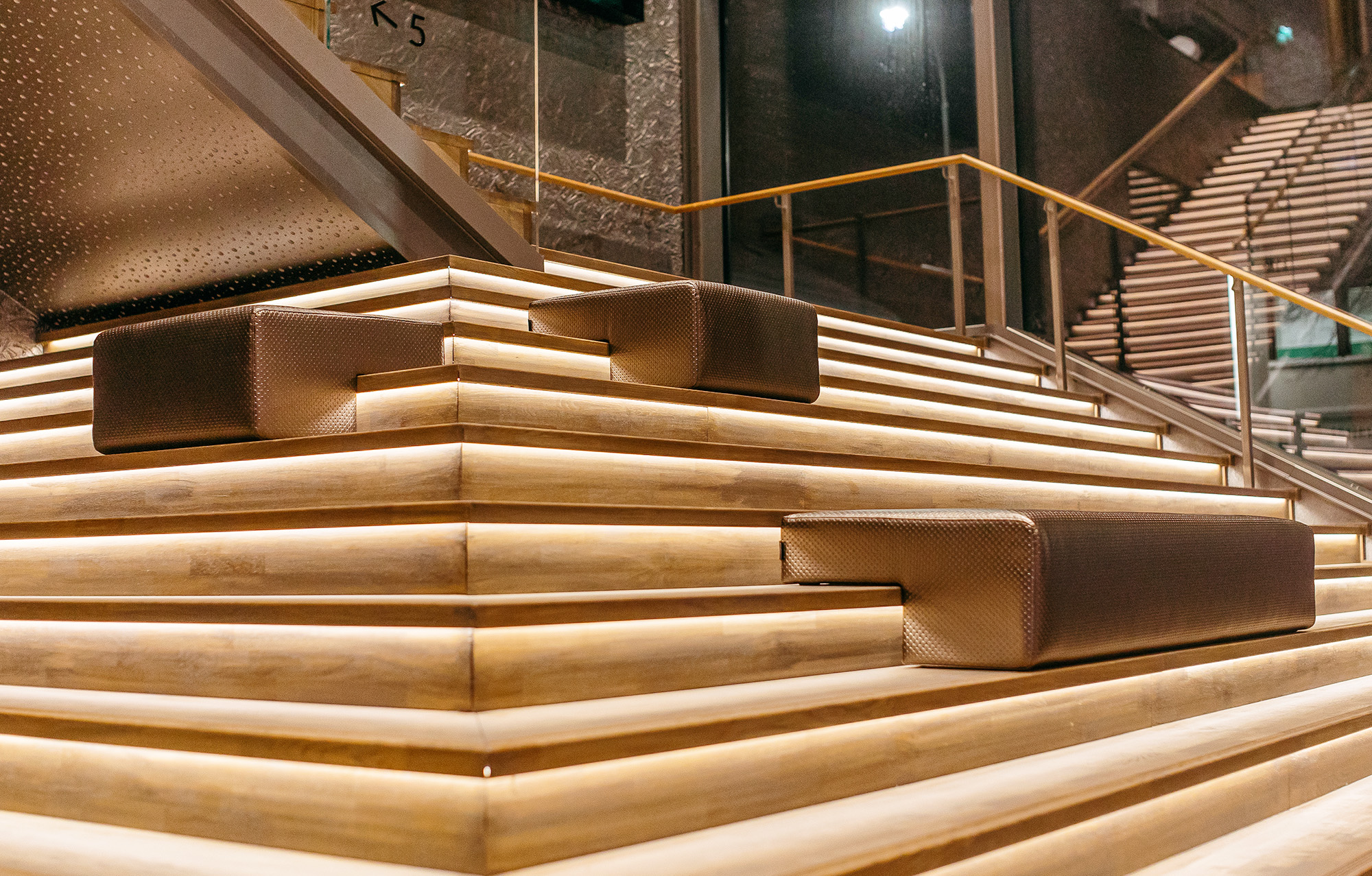A furniture designer must be able to listen to the customer’s needs: for what kind of people, in what kind of space and for what use will the furniture be used? With the help of empathy, the designer can put himself in other people’s shoes and look at the space and the features of the furniture from their point of view.
“With the help of empathy, a confidential customer relationship is built, where the designer is able to understand the customer’s perspective and needs. By putting himself in the customer’s position, the designer helps the customer to become aware of and verbalize what kind of features the customer wants and needs from the furniture,” say Palad designers Jaana Partanen and Heikki Lamusuo.

Empathy is an important part of needs-based furniture design and the basis of all interactions between people. The designer’s empathy is central to the customer experience: an empathic approach makes the customer feel valued and important, and the customer feels heard and understood.
An empathic furniture designer knows how to propose solutions to the customer that the customer might not otherwise think of. Empathy helps the furniture designer to find, together with the customer or the interior designer, a furniture solution that fits the space and the planned use, both in terms of features and visual appearance.
“Empathy is the guiding principle in the design of the Palad furniture brand. Empathy can be seen in all aspects of our work. Meeting customers and partners is based on empathy, but empathy towards the earth and our living environment is equally important. We use raw materials and materials produced in a sustainable way and as close as possible, and we participate in the development of the circular economy in the furniture industry. This is how we leave an empathic footprint on the world,” says Partanen.

The ORTOBOX table adapts to many different needs thanks to its foldable, height-adjustable legs.
All Palad furniture has been designed over the years based on needs, listening carefully to the needs of the customer and the users of the furniture. The multi-purpose of the furniture has been taken into account by bringing transformability into the furniture: for example, the height of the ORTOBOX table can be adjusted, and the legs of the table can be folded under the table top, so that the table turns into part of the floor and a performance stage. In addition, everyone can find a seat of the right size in the P.I.K. seats of the ART collection.
“Each piece of Palad furniture is made to order, so our furniture can be modified during the manufacturing stage according to the needs of the interior designer or the customer. The scale of the furniture can be changed as needed and, for example, wheels can be designed for the furniture, if the furniture needs to be moved and relocated in the space,” says Lamusuo.
Adaptability enables the versatile use of public space and home furniture in different uses. With furniture that can be moved and adapted to different uses, the space becomes truly multi-purpose, and the easily moved furniture also makes cleaning the space and the cleaner’s everyday life easier.

P.I.K. seats offer a comfortable seat for people of different sizes. Photo © June Witzøe



